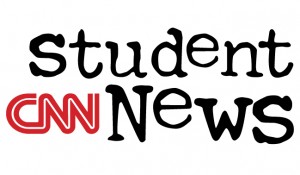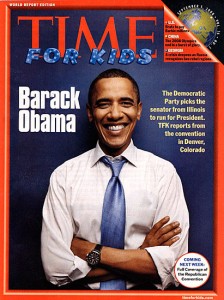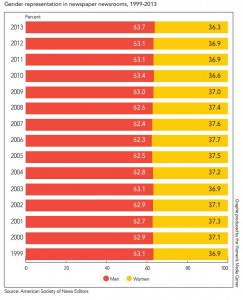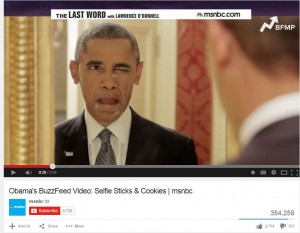By CHELSEY SELLARS
As if journalism didn’t get enough criticism before, the public now has more reason to wag its fingers at the news media.
Last year, Rolling Stone released an article titled “A Rape on Campus” that detailed the horrific events a student endured at the University of Virginia. Hot story, surely an interesting read, but too bad it was lacking one thing: facts.
Columbia University’s Graduate School of Journalism published a report earlier this week stating the article was flawed, causing Rolling Stone to retract the article altogether.
Now Rolling Stone is not the first to commit this journalistic malpractice, but it still doesn’t excuse the mistake. Fact-checking is part of the ABCs of journalism. Obviously, it was not hard to check the facts, or else there would not have been a 13,000-word report on how the entire article was wrong. Minor missteps like this can greatly hinder the quality of work and credibility of the media source.
Incidents like these may not seem so paramount now; they are tiny pebbles thrown at a bullet-proof glass. However, imagine if publications continue to let these amateur mistakes occur? The pebbles will turn into full on boulders, breaking down the house journalistic works and credibility.
The public naturally has skepticism over the media as it is, and faulty articles will only increase it.







 From then on,
From then on,